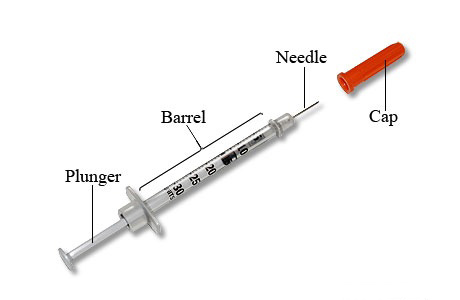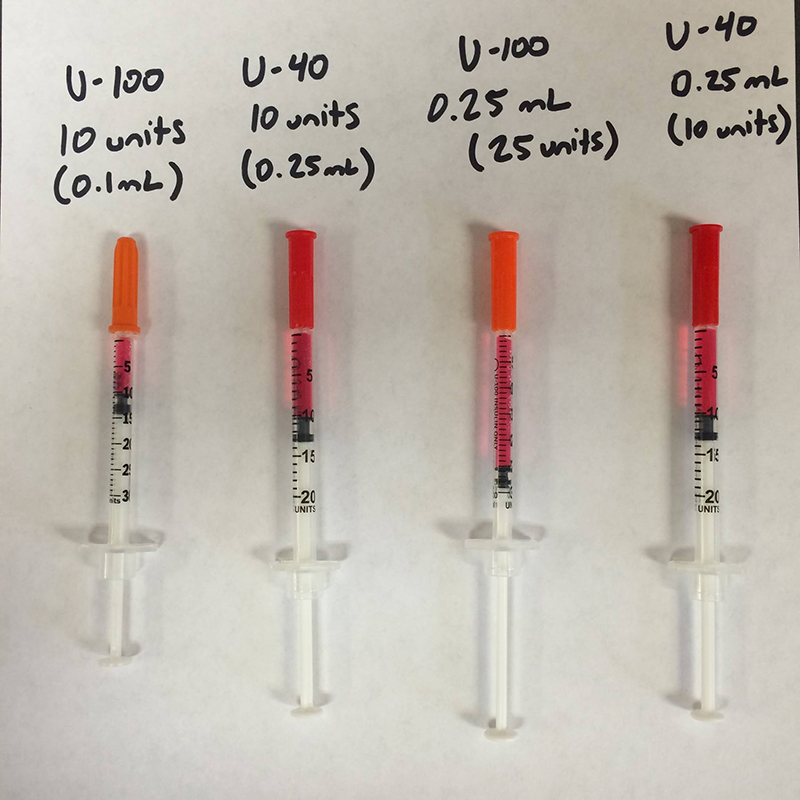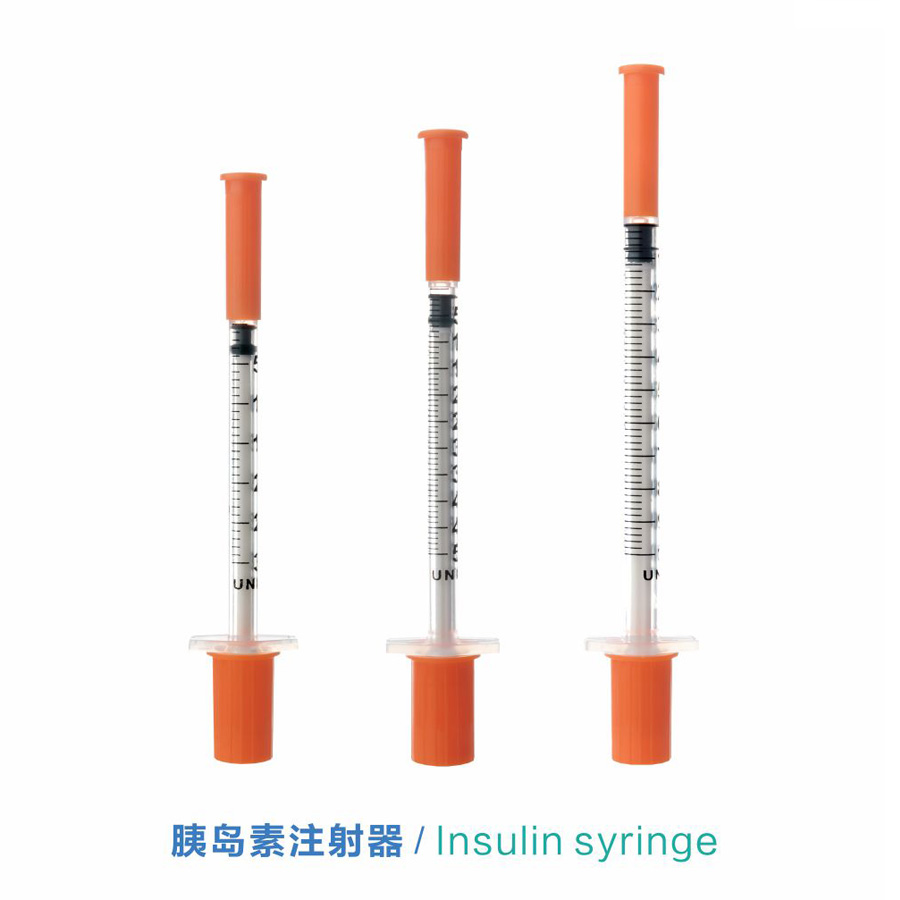Insulin is a crucial hormone for regulating blood sugar levels, especially for individuals with diabetes. To administer insulin effectively, it is essential to use the correct type and size of insulin syringe. This article will explore what insulin syringes are, their components, types, sizes, and how to choose the right one. We will also discuss how to read an insulin syringe, where to purchase them, and introduce Shanghai Teamstand Corporation, a leading manufacturer in the medical consumables industry.
What Is an Insulin Syringe?
An insulin syringe is a small, specialized device used to inject insulin into the body. These syringes are designed for precise, controlled insulin administration. They are made from medical-grade materials and consist of three main parts:
- Syringe Barrel: The part that holds the insulin.
- Plunger: The piece that is pushed to expel the insulin.
- Needle: The sharp tip used for injecting insulin into the skin.
Insulin syringes are used by people with diabetes to manage their blood sugar levels by injecting the appropriate dose of insulin.
Types of Insulin Syringes: U40 and U100
Insulin syringes are classified based on the concentration of insulin they are designed to deliver. The two most common types are U40 and U100 syringes:
- U40 Insulin Syringe: This type is designed to deliver insulin at a concentration of 40 units per milliliter. It is commonly used for certain types of insulin, such as porcine insulin.
- U100 Insulin Syringe: This syringe is designed for insulin with a concentration of 100 units per milliliter, which is the most common concentration for human insulin.
It is crucial to choose the correct type of insulin syringe (U40 or U100) based on the insulin you are using to ensure accurate dosing.
Insulin Syringe Sizes: 0.3ml, 0.5ml, and 1ml
Insulin syringes come in different sizes, which refer to the volume of insulin they can hold. The most common sizes are:
- 0.3ml Insulin Syringe: Typically used for small doses, this syringe holds up to 30 units of insulin. It is ideal for people who need to inject small amounts of insulin, often children or those with more precise dosing requirements.
- 0.5ml Insulin Syringe: This syringe holds up to 50 units of insulin. It is used by people who require moderate insulin doses and offers a balance between ease of use and capacity.
- 1ml Insulin Syringe: Holding up to 100 units of insulin, this is the most commonly used syringe size for adult patients who require larger doses of insulin. It is often the standard syringe used with U100 insulin.
The size of the barrel determines how much insulin a syringe holds, and the needle gauge determines the needle thickness. Thinner needles may be more comfortable to inject for some people.
The length of a needle determines how far into your skin it penetrates. Needles for insulin only need to go just under your skin and not into muscle. Shorter needles are safer to avoid going into the muscle.
Size chart for common insulin syringes
|
Barrel size (syringe fluid volume)
|
Insulin units | Needle length | Needle gauge |
| 0.3 mL | < 30 units of insulin | 3/16 inch (5 mm) | 28 |
| 0.5 mL | 30 to 50 units of insulin | 5/16 inch (8 mm) | 29, 30 |
| 1.0 mL | > 50 units of insulin | 1/2 inch (12.7 mm) | 31 |
How to Choose the Right Size Insulin Syringe
Selecting the correct insulin syringe involves several factors:
- Type of insulin: Be sure to use the appropriate syringe for your insulin concentration (U40 or U100).
- Required dose: Choose a syringe size that matches your typical insulin dose. For smaller doses, a 0.3ml or 0.5ml syringe may be ideal, while larger doses require a 1ml syringe.
- Needle length and gauge: If you have a thinner body type or prefer less pain, you may opt for a shorter needle with a finer gauge. Otherwise, a standard 6mm or 8mm needle should suffice for most people.
How to Read an Insulin Syringe
To accurately administer insulin, it’s important to understand how to read your syringe. Insulin syringes typically have calibration marks that indicate the number of insulin units. These are usually displayed in increments of 1 unit or 2 units. The volume markings on the syringe (0.3ml, 0.5ml, 1ml) indicate the total volume the syringe can hold.
For example, if you are using a 1ml syringe, each line on the barrel may represent 2 units of insulin, while the larger lines may represent 10-unit increments. Always double-check the markings and ensure that the correct volume of insulin is drawn into the syringe before injecting.
Where to Buy Insulin Syringes
Insulin syringes are widely available and can be purchased at pharmacies, medical supply stores, or online. It’s essential to choose a reputable supplier to ensure you are buying high-quality, sterile syringes. If you are looking for a trusted manufacturer, Shanghai Teamstand Corporation specializes in the production and sale of high-quality medical consumables, including insulin syringes. The company’s products are CE, ISO13485, and FDA certified, ensuring they meet international standards for safety and efficacy. Their insulin syringes are trusted by healthcare professionals and individuals around the world for their precision and reliability.
Conclusion
Using the right insulin syringe is essential for accurate insulin administration. By understanding the different types, sizes, and needle lengths, you can make an informed choice that meets your specific needs. Always ensure that you choose the correct syringe based on your insulin concentration and dosage requirements. With reliable suppliers like Shanghai Teamstand Corporation, you can find high-quality insulin syringes that are certified for safety and performance, available for purchase worldwide.
Post time: Feb-18-2025




